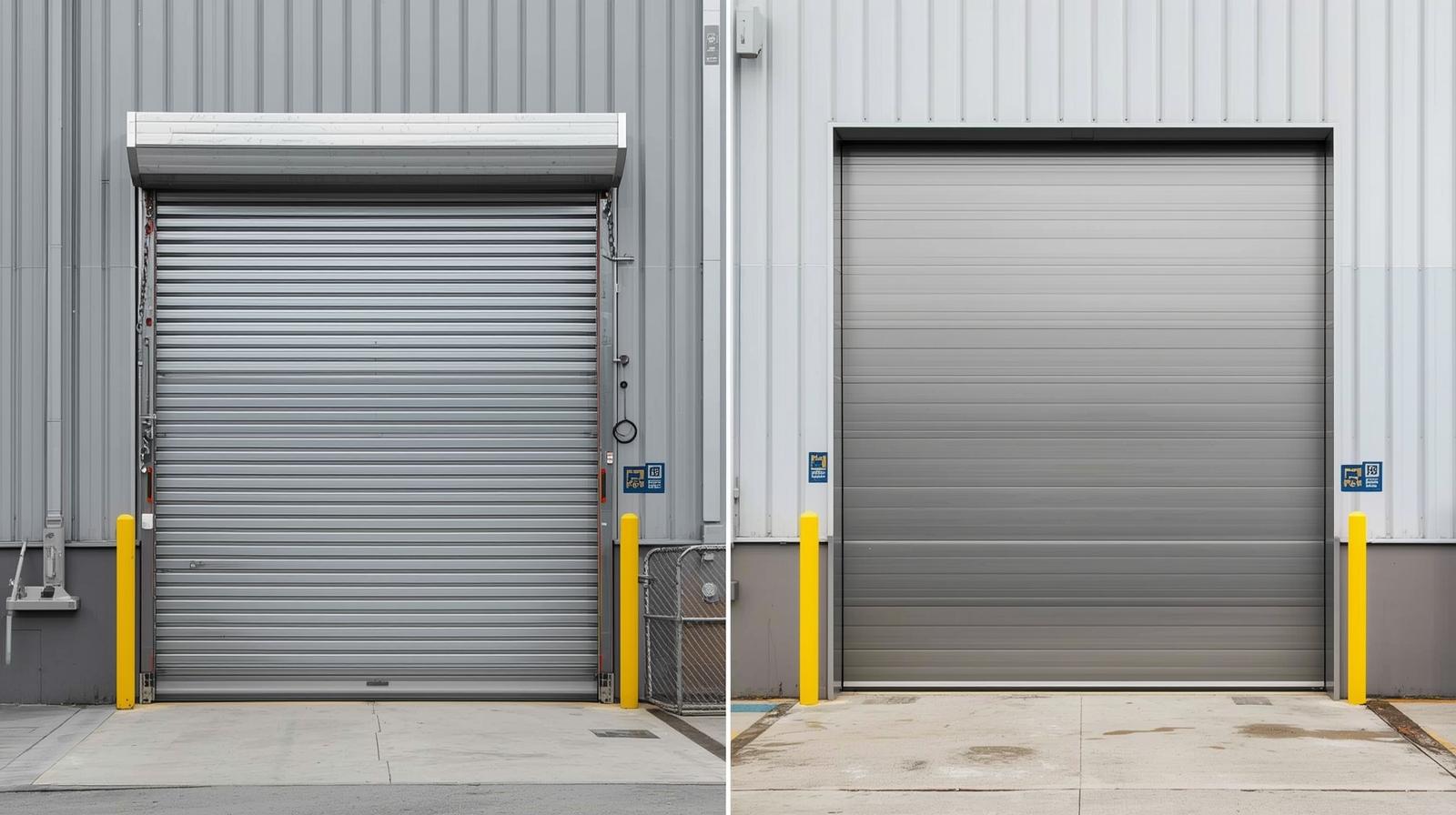Container shipping activity has seen an unmistakable uptick in 2025, especially in the U.S. trade lanes. In May, the Port of Los Angeles handled 716,619 TEUs, which is about 5% lower than the same time last year. This slowdown came after 10 months of continuous growth and was largely influenced by the effects of tariffs on both imports and exports.These numbers highlight how quickly conditions can shift and why container visibility has become a core priority for logistics professionals.
As global trade patterns shift and port capacities tighten, the TEU 2025 schedule plays a critical role in helping supply chain teams stay organized, responsive, and prepared for high-volume movements. Whether you’re an importer planning your next shipment window or a freight forwarder looking to avoid demurrage risks, understanding the TEU 2025 schedule is essential.
Let’s explore what it covers, why it matters, and how tools like Vizion support more confident, data-backed decisions.
What is the TEU 2025 Schedule?
The TEU 2025 schedule refers to the published shipping timelines for containers measured in Twenty-foot Equivalent Units (TEUs), the standard unit used globally to quantify container capacity. A single TEU represents the cargo space of one 20-foot-long container, making it the benchmark for measuring trade volume and scheduling across carriers, ports, and terminals.
The 2025 edition of this schedule includes planned sailing times, vessel capacities, and port rotations from major ocean carriers. It outlines critical information that shippers, freight forwarders, and logistics providers depend on to:
- Book containers in advance
- Manage sailing schedules
- Evaluate port congestion and alternate routing
This schedule is more than just a timetable. It helps logistics teams align operations with evolving market conditions and gain better control over shipment timelines.
Now that we know what the schedule includes, let’s look at why it matters so much to logistics operations in 2025.
Why is the TEU 2025 Schedule Important?
Understanding the TEU 2025 schedule isn’t just useful—it’s strategic. In a year where trade patterns are fluctuating week to week, being able to adapt to changes quickly is what separates successful operations from reactive ones.
Here’s how the schedule supports smarter logistics planning:
- Improved Planning: Shippers can time their bookings to align with optimal sailing windows.
- Capacity Management: By understanding vessel space availability, teams avoid overbooking or missed shipments.
- Cost Control: Proper use of the schedule helps prevent last-minute bookings and minimizes exposure to detention and demurrage fees.
From an industry perspective, the schedule plays a major role in:
- Port Operations: Ports rely on updated TEU schedules to manage terminal throughput.
- Carrier Reliability: Monitoring scheduled sailings helps track blank sailings and service reliability.
- Supply Chain Resilience: The more informed the planning, the better prepared companies are to weather unexpected delays.
To underscore its relevance, global TEU volumes spiked 29.6% week-over-week after a slowdown in late April, even though year-over-year volume remains 21.2% lower. These swings make the TEU 2025 schedule a crucial signal for businesses monitoring market recovery and container flow.
With its value established, it’s helpful to understand how the schedule is built and used.
How Does the TEU 2025 Schedule Work?
The TEU 2025 schedule is a dynamic tool updated regularly by ocean carriers and port authorities. While its structure may seem straightforward, the way businesses interact with it is increasingly sophisticated.
Step-by-Step Breakdown
- Publishing: Carriers release projected vessel sailings, estimated arrival times, and routing details on a weekly or bi-weekly basis.
- Updates and Changes: Adjustments happen based on weather, port congestion, and operational shifts, often in real time.
- User Access: Schedules are accessed through carrier websites, booking portals, and third-party integrations.
How Logistics Teams Use It
- Booking Containers: Aligning cargo readiness with sailing windows
- Monitoring Changes: Watching for blank sailings, reroutes, or delays
- Capacity Forecasting: Anticipating availability for future weeks
Tools and Solutions Supporting It
- Vizion Container Tracking: Offers real-time visibility into container location and sailing status
- Port Performance Analytics: Monitors turnaround times and terminal congestion
- System Integration: Seamless data feed into customs clearance platforms and booking workflows
Together, these tools make the TEU 2025 schedule more than a static list—they turn it into a proactive planning engine.
Let’s explore when using the schedule becomes especially important.
When to Use the TEU 2025 Schedule?
The TEU 2025 schedule becomes mission-critical during moments of high trade activity or volatility. Knowing when to act on it can significantly affect outcomes.
Best Use Cases
- Peak Season Planning: Stay ahead of capacity shortages during back-to-school or holiday surges
- Restocking After Disruption: Catch up on delayed shipments by finding the next available sailings
- Volatile Trade Lanes: Navigate unpredictable routes like Asia-US or Asia-Europe with schedule insights
- Tariff or Policy Shifts: Time shipments ahead of rate changes to avoid penalties
In all these cases, the TEU 2025 schedule is a compass for navigating trade disruptions while maintaining cost and timeline control. Let’s see how real-world businesses are putting it to use.
Examples
U.S. Importers in May 2025
During the May 2025 surge, U.S. importers tracked TEU data week by week to adjust their booking strategies. By comparing carrier sailing timelines with port throughput analytics, they managed to avoid overbooked sailings and minimized detention costs.
Vizion in Action
Businesses using Vizion solutions were able to:
- Get real-time container tracking updates on vessel status
- Monitor port conditions to reroute shipments
- Stay ahead of schedule changes to avoid demurrage
Practical Tools That Made a Difference
- Vizion’s Port Activity Monitoring: Offered insights on congestion and queue times
- Container Visibility Dashboard: Provided a centralized view of upcoming shipments and potential delays
These examples show that understanding and acting on the TEU 2025 schedule with the right tools can dramatically improve supply chain responsiveness.
Let’s sum it up.
Key Takeaways / Summary
- The TEU 2025 schedule is an essential reference for managing international shipments and avoiding unexpected delays.
- Real-time visibility tools like Vizion’s container tracking help teams adapt quickly to shifting sailing schedules.
- Use the schedule strategically during peak seasons, tariff changes, and trade route disruptions.
- Proactive planning with accurate schedule data reduces the risk of costly demurrage and detention fees.
Conclusion
In 2025, container shipping is anything but predictable. The best-performing logistics teams are those who treat the TEU 2025 schedule not as a static chart, but as a living part of their planning process.
By combining this data with solutions like Vizion’s container tracking and port performance monitoring, teams can make decisions that keep shipments moving, costs contained, and customer expectations intact.
Explore how Vizion helps you respond faster to schedule changes, avoid detention fees, and plan with greater confidence.
TL;DR
The TEU 2025 schedule helps importers, exporters, and freight forwarders plan container shipments with greater clarity. When paired with tools like Vizion’s real-time tracking and port analytics, it becomes a powerful way to navigate trade volatility and reduce unexpected costs.
FAQs
Q1. What is the TEU 2025 schedule?
A timeline of container ship sailings and port rotations for 2025, published by carriers to guide shippers on booking and planning.
Q2. Why is it important for logistics teams?
It helps optimize bookings, improve planning, and reduce the risk of demurrage and blank sailings.
Q3. How often is the schedule updated?
Carriers typically release updated schedules weekly or bi-weekly based on port changes and service reliability.
Q4. How does Vizion help with TEU schedules?
Vizion offers tools like container tracking and port activity analytics to help teams stay on top of schedule changes in real time.
Q5. When should I check the schedule?
During peak seasons, policy changes, or after a disruption to ensure your bookings stay aligned with operational conditions.




